Once thought of as trash to put in the compost by garlic growers, garlic scapes have steadily gained in popularity over the years. I was surprised when I overheard two different groups of people puzzled over what they were at the farmers market the other week, so today we'll take a quick look at what garlic scapes are, and most importantly, how to cook with them.
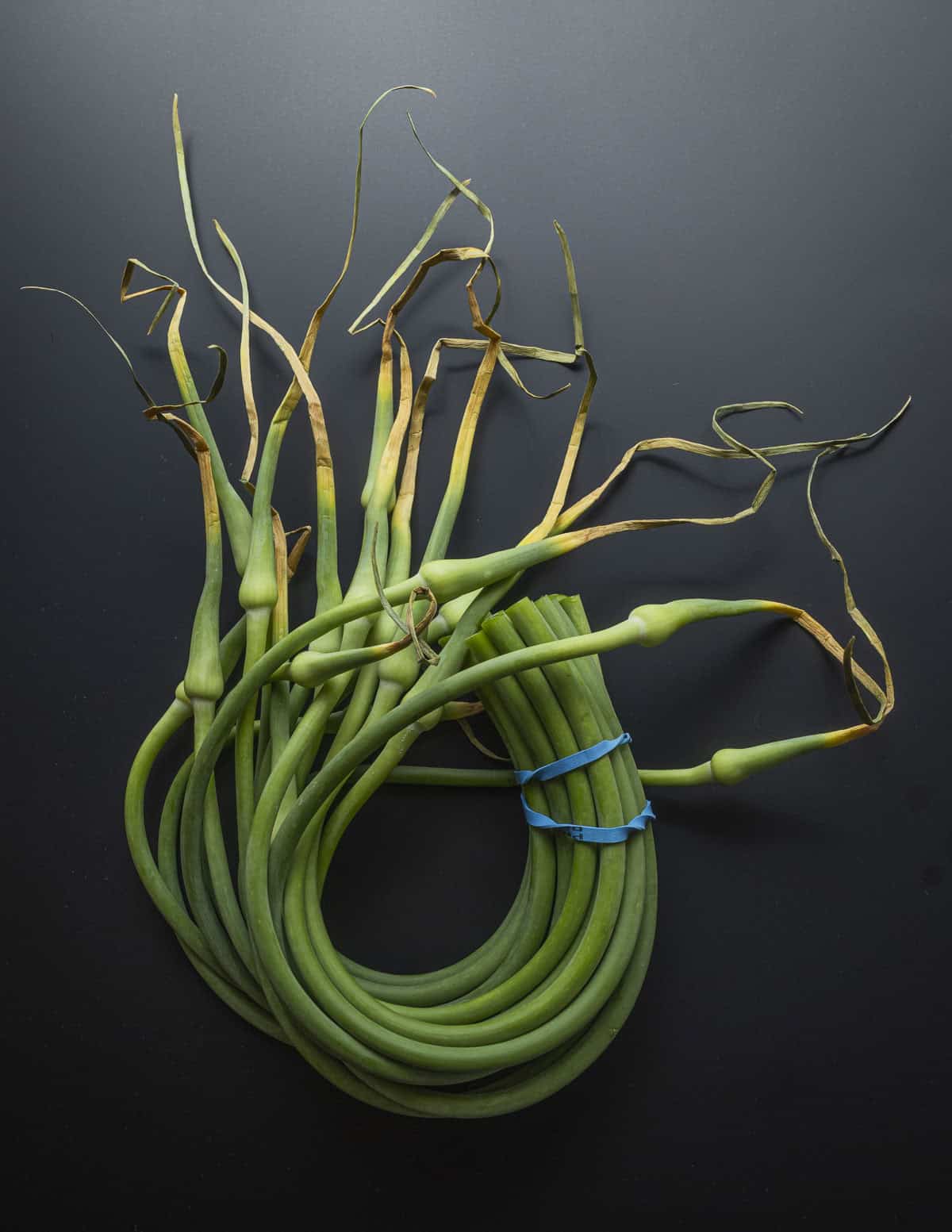
Scapes are a tapering, beak-like part of a garlic plant that form at the top of the stalk. Originally a by-product of the garlic harvest, garlic growers have long known that cutting the scapes off will increase the size of their hard neck garlic bulbs, and for many years scapes were simply discarded.
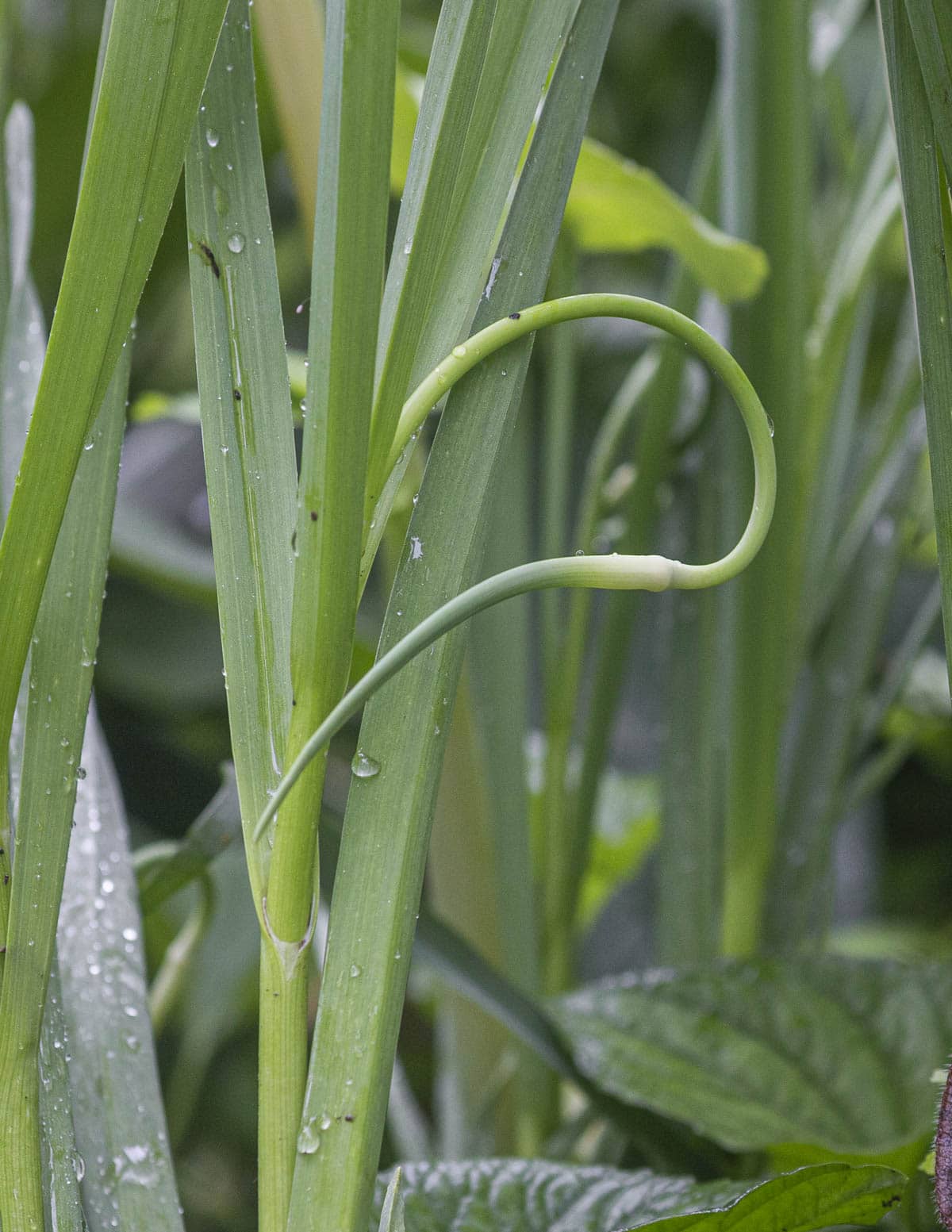
Thanks to a growing interest in local food and use by chefs, farmers market stands have been filled with them for many years now, starting around July in the Upper Midwest.
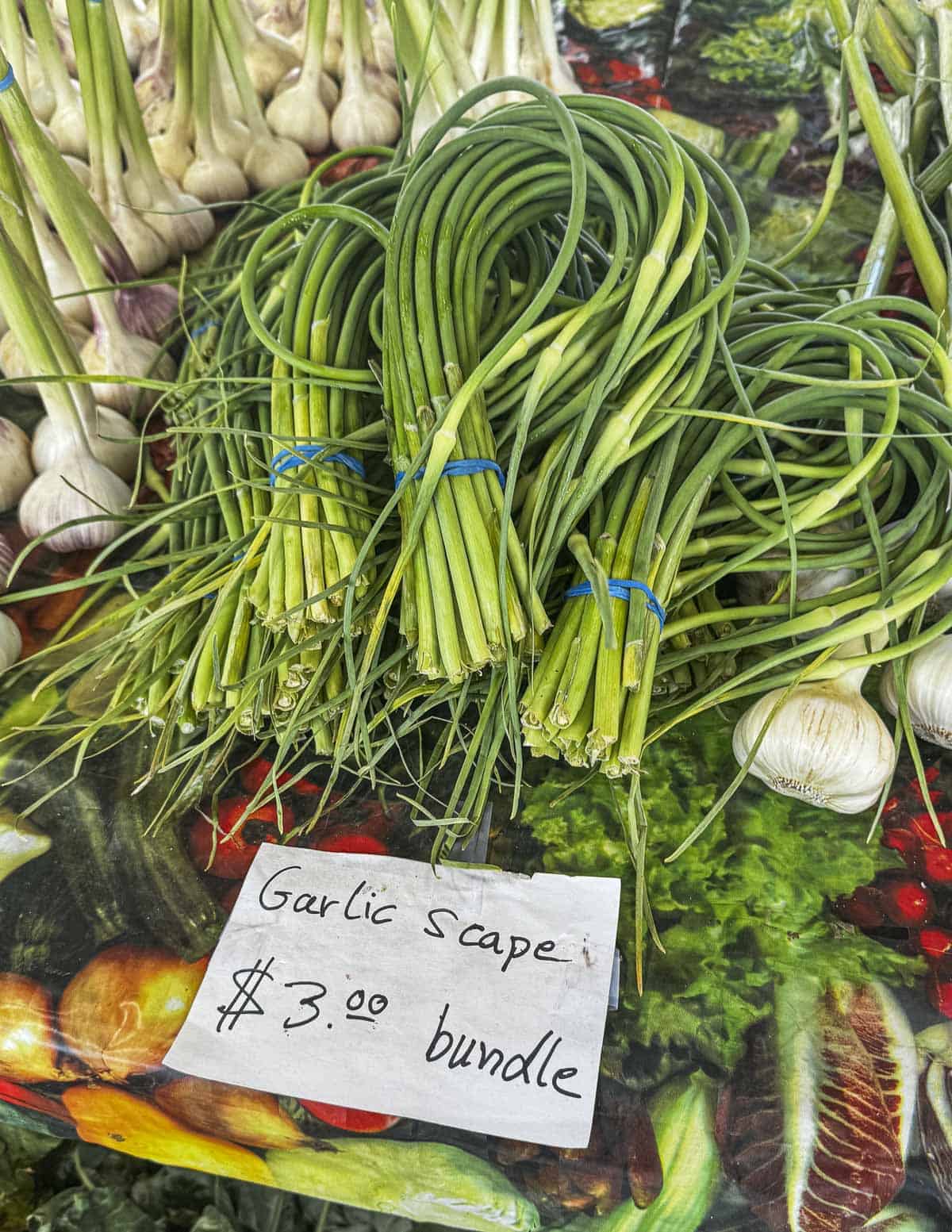
What are Garlic Scapes?
Essentially, alliums reproduce two ways: under the ground through bulb division, and above ground through seeds or bulbils. The scape is the above ground, reproductive part of the plant. Depending on the variety of Allium, the scapes will become one of two different things as they grow.
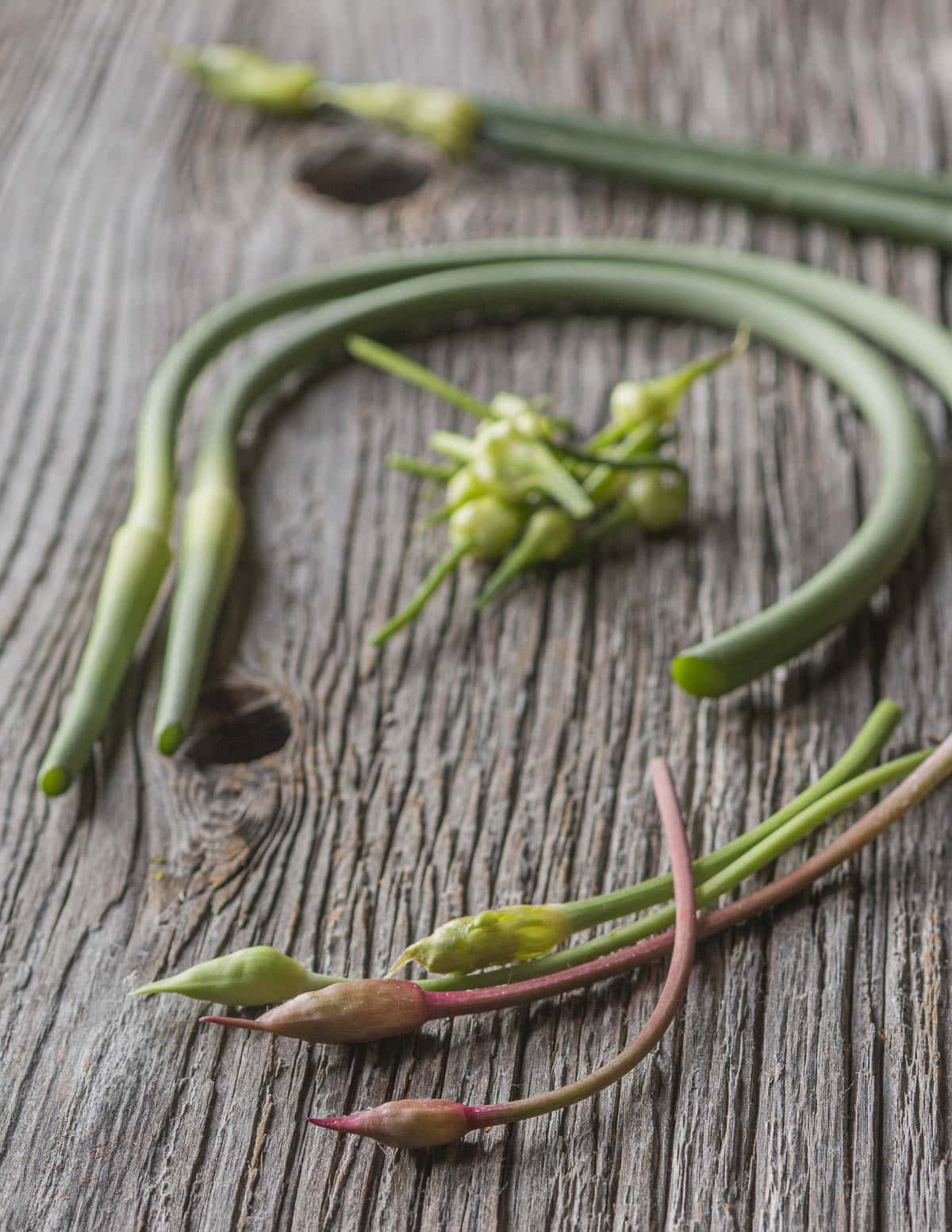
Some scapes will become flowers that eventually produce seeds. Good examples of this are common garden onions, field garlic as well as ramps and their close cousins like European bear garlic (A. ursinum) and others.
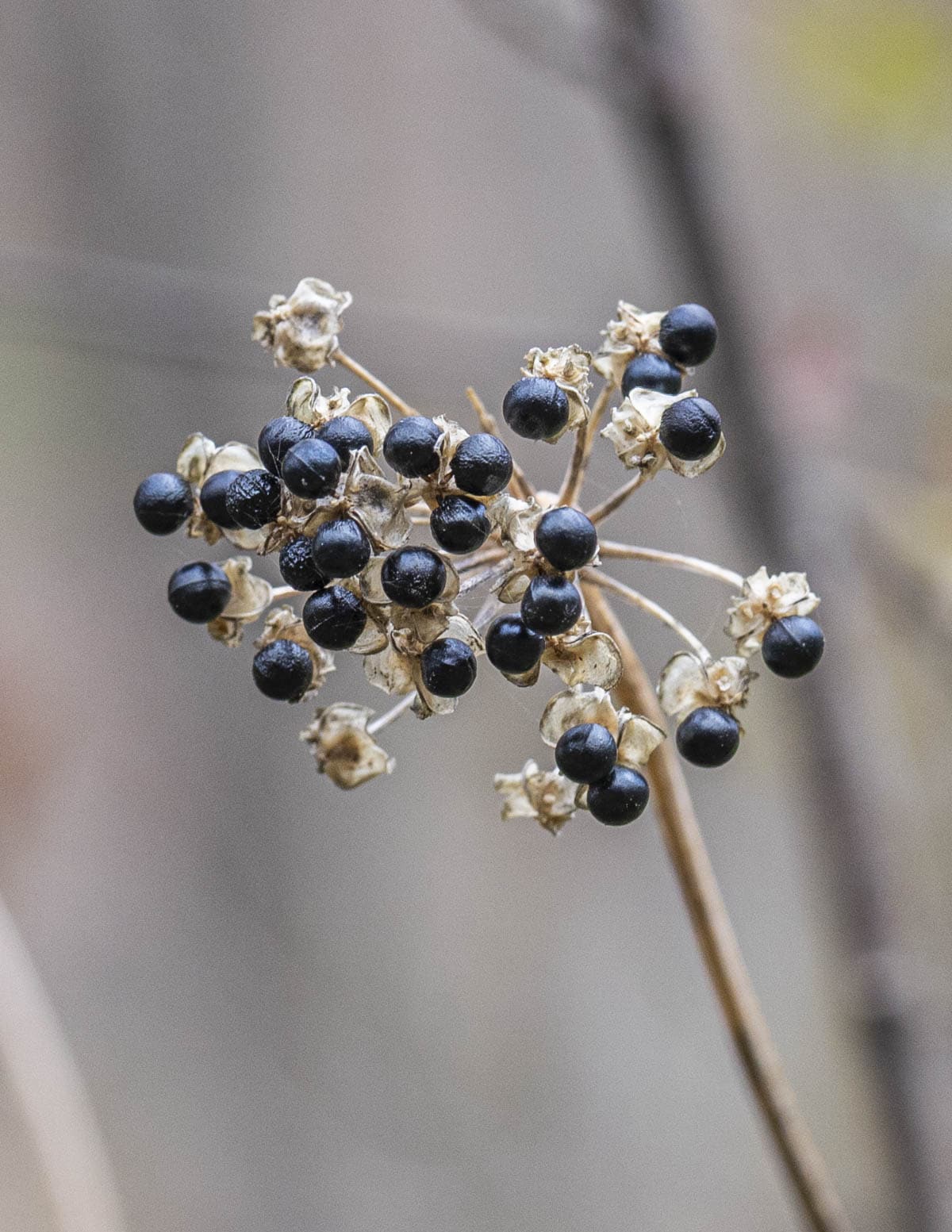
Garlic, walking onions and others make scapes that eventually form bulbils-a sort of tiny onion that grows at the top of the stalk that's an exact clone of the plant and can be used to propagate it like a seed. Bulbils can also be cooked like a miniature onion.
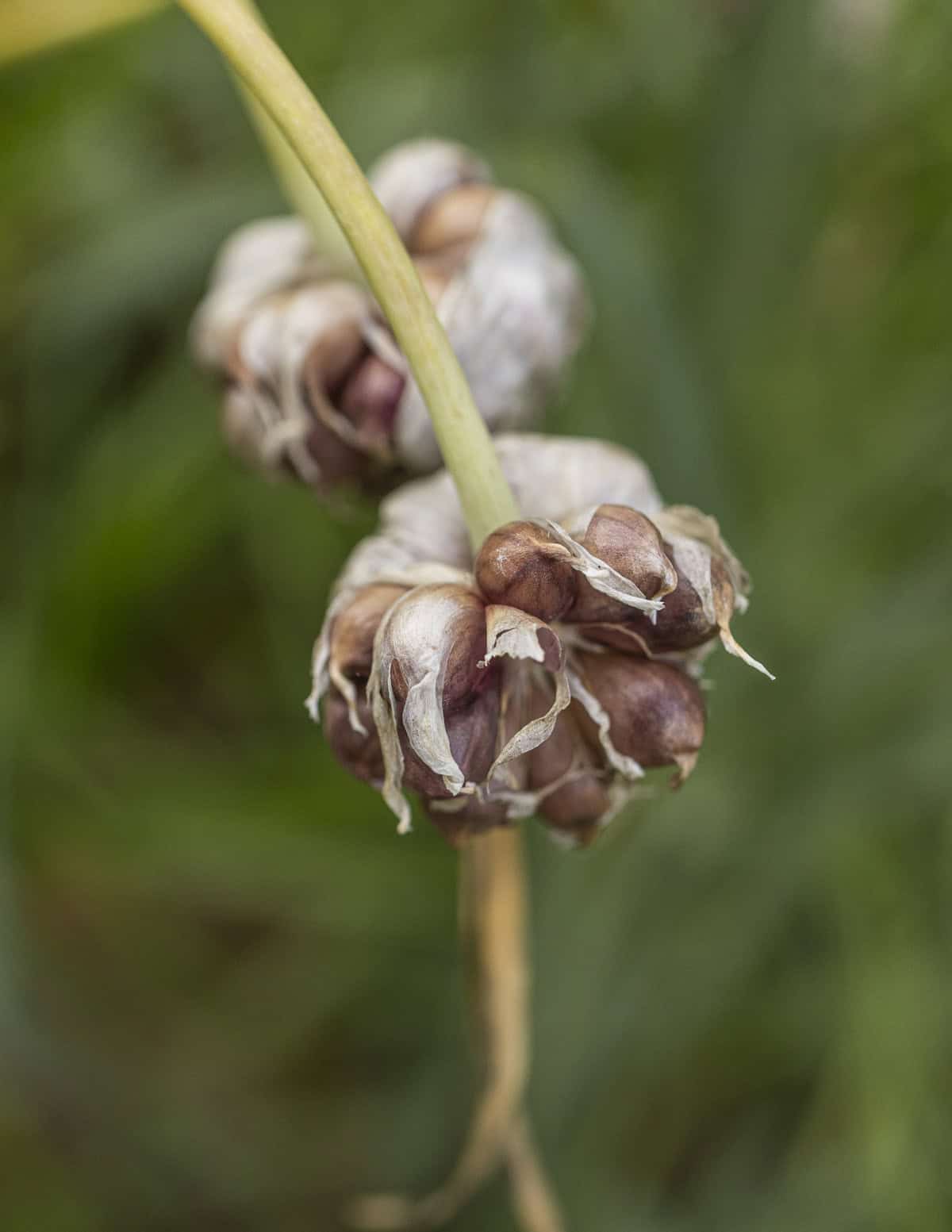
General Cooking (How to Use Garlic Scapes)
Resources for cooking with garlic scapes in depth are few, so it can be confusing for people to cook with them. What do you substitute them for in recipes? How should they be cut? Why are they tough? We'll get to all of this.
First, as far as how to use them in recipes, I think of garlic scapes as more of a substitute for an onion or shallot than garlic itself. As they're the mildest tasting part of the plant, they can be used as a vegetable, or as a seasoning like green garlic or garlic bulbs.

The first thing I do to prepare scapes is similar to asparagus, cutting off any tough bottom portion, the length of which can vary depending on when they're harvested. I typically discard the bottom few inches or toss them in a stock. The sheath at the bottom of the stalk, which may or may not be present, should also be discarded.
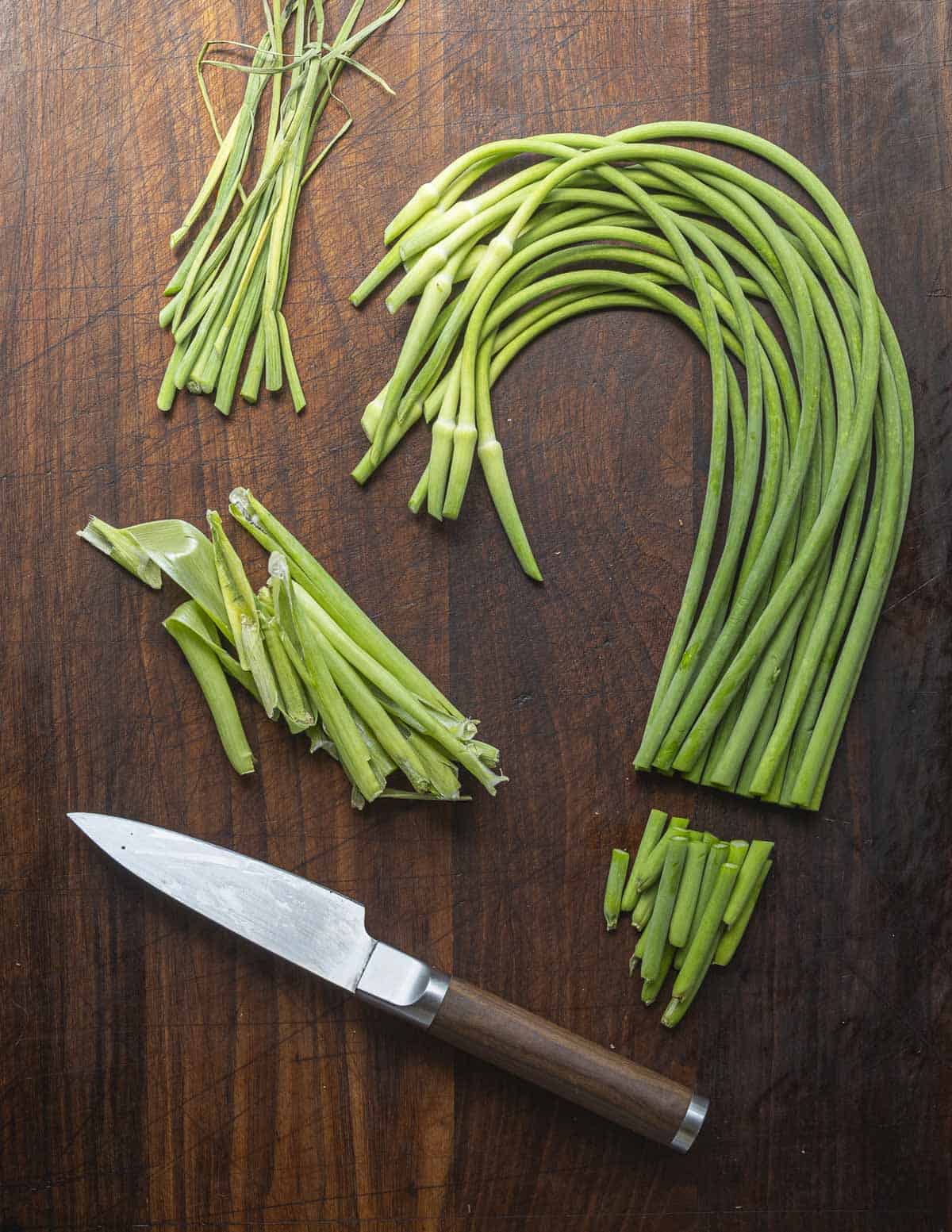
How they should be cut depends on what you want to do with them. The caveat here is that garlic scapes are tougher than other parts of the plant, particularly the straight, bottom half. The firm texture isn't unpleasant if they're thinly sliced or simmered in a dish until tender.
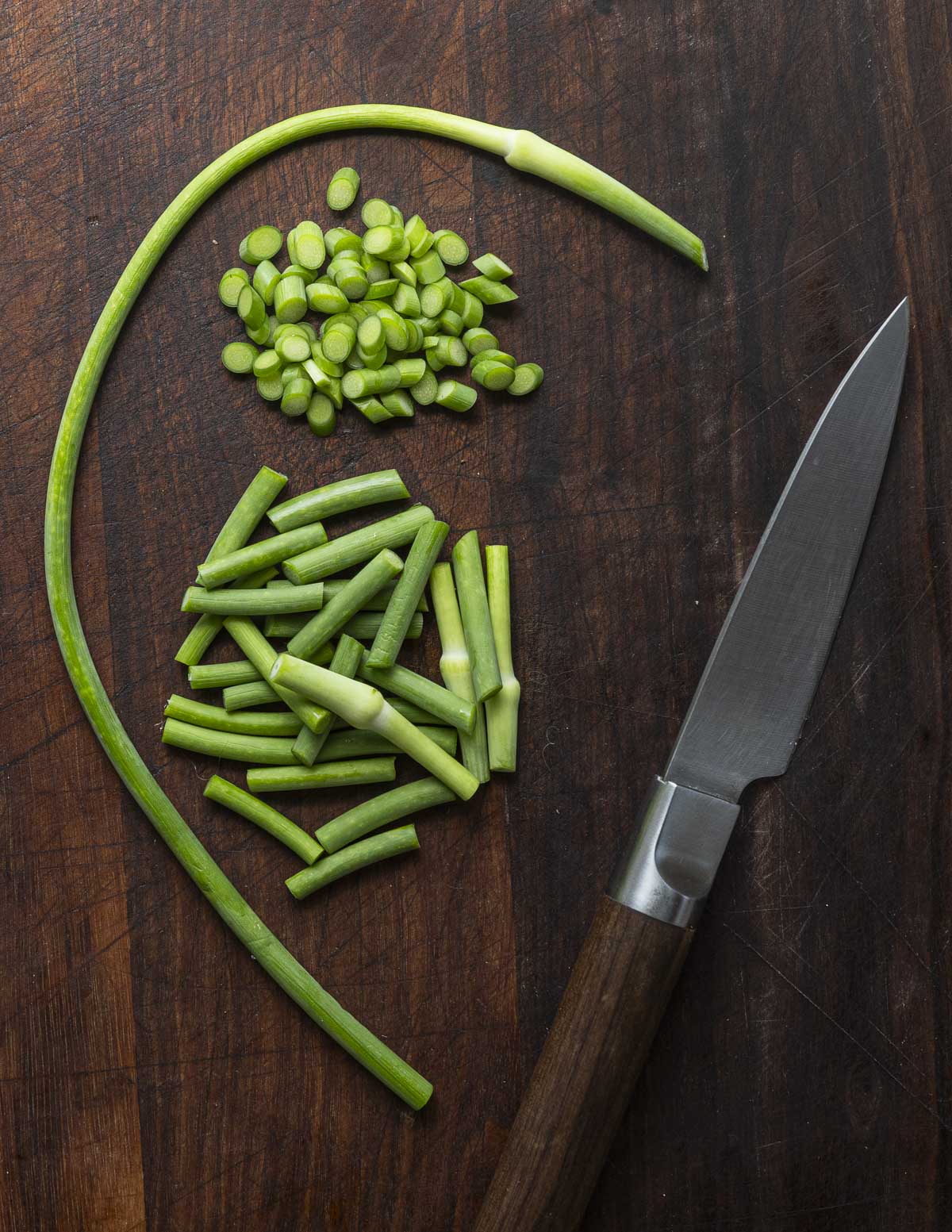
If you want to eat them like a vegetable they should be blanched to tenderize them. If you take only one thing from this post, it should be that I almost always blanch garlic scapes quickly to tenderize them if they'll be cooked whole or in larger pieces as a vegetable.
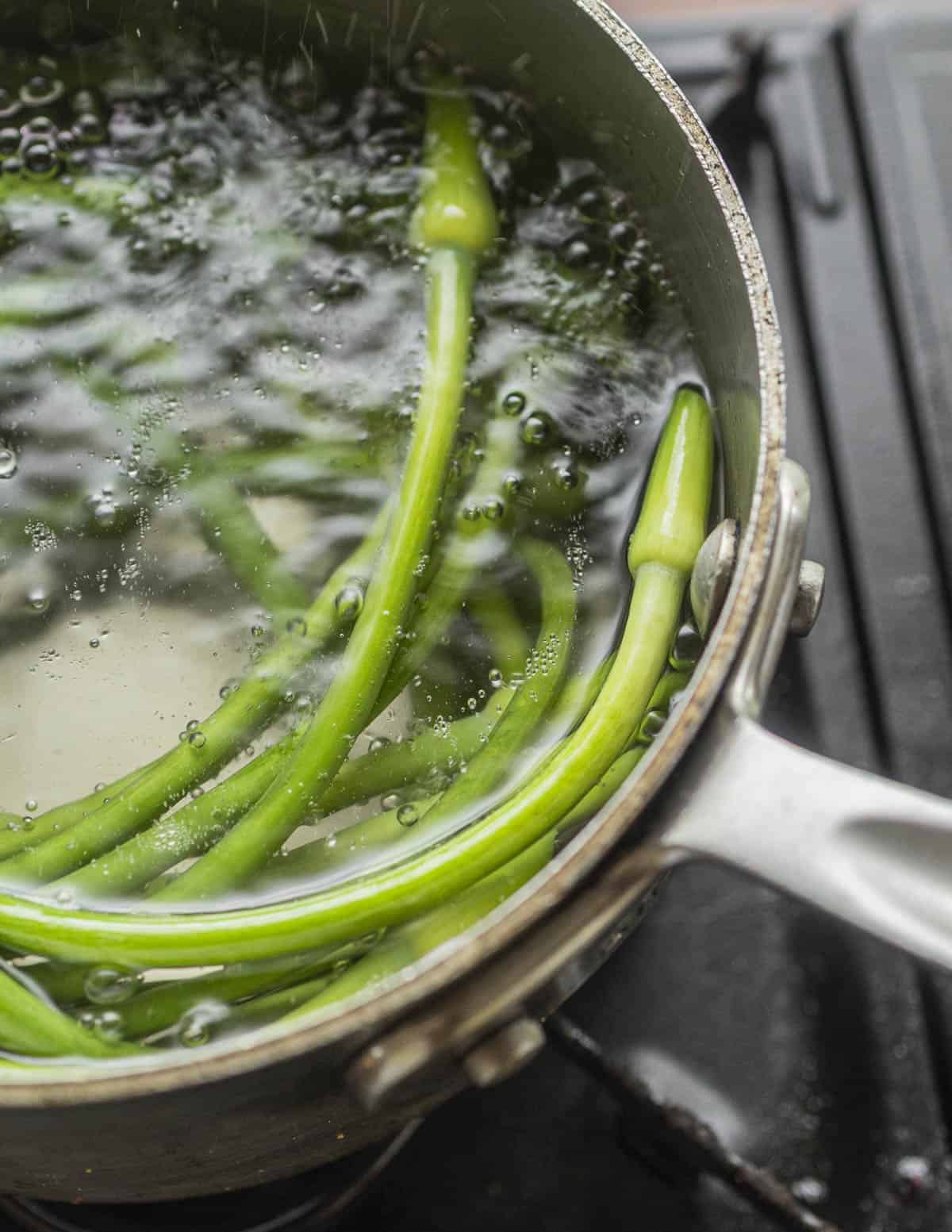
Garlic Scape Recipes
By no means a comprehensive list, this is a few of my favorite ways to use them I've gathered over the years.
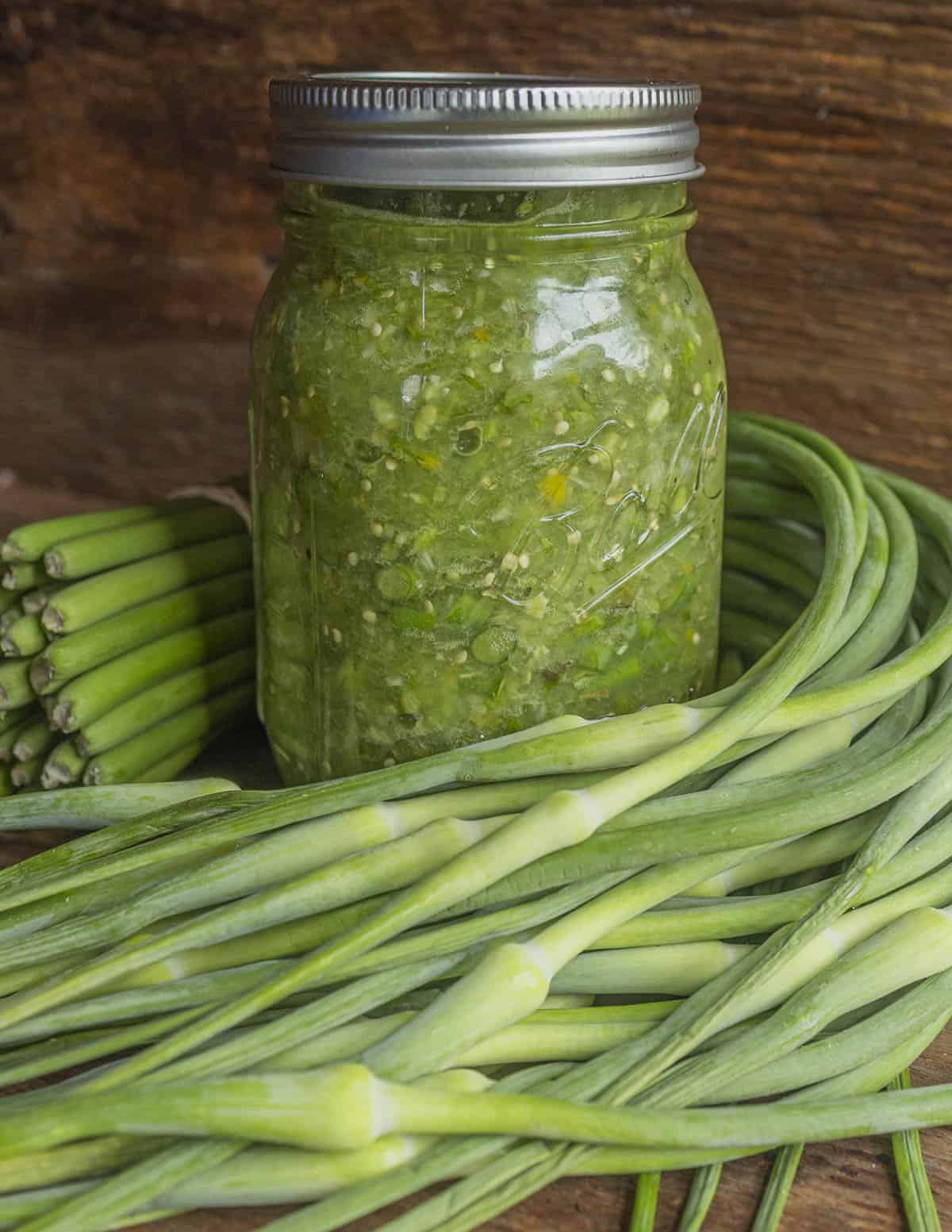
One thing I don't make is garlic scape pesto, although plenty of people will disagree with me here. Green parts of alliums can have a tacky, mucilaginous quality when pureed, as well as being stringy if they're not finely sliced, especially raw. I would make a pasta with sliced, cooked garlic scapes and basil pesto. If you like scape pesto, more power to you.
Grilled Garlic Scapes
The first thing you should make if you have an abundance. Blanch trimmed scapes quickly in salted water, maybe 60 seconds. Cool, season with salt, pepper, and a drizzle of oil and cook on a grill or griddle until lightly charred.
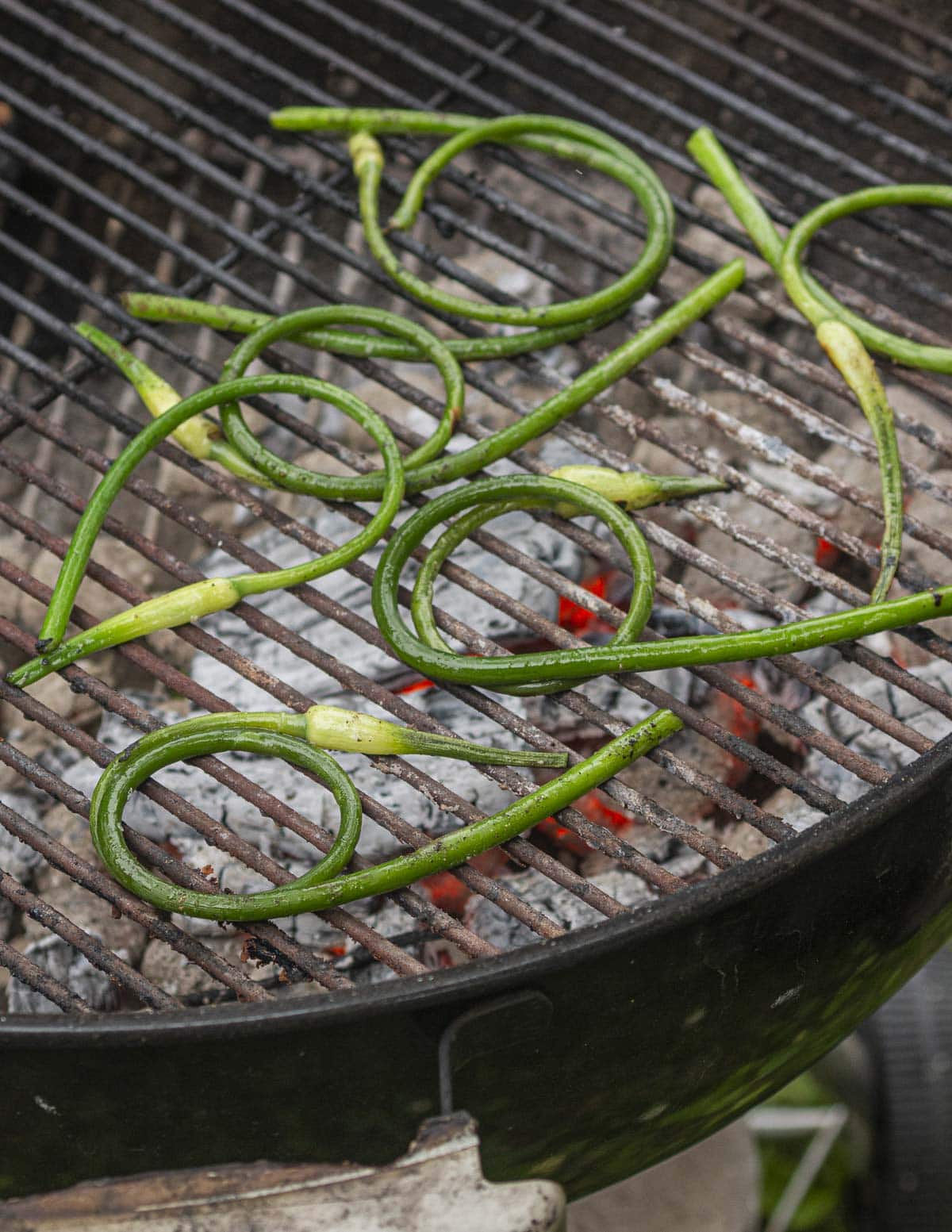
They add a whimsical touch to plates in grilling season. A light char brings out their sweetness and is a great compliment to grilled meats like steak chicken, or lamb chops as I had this week.
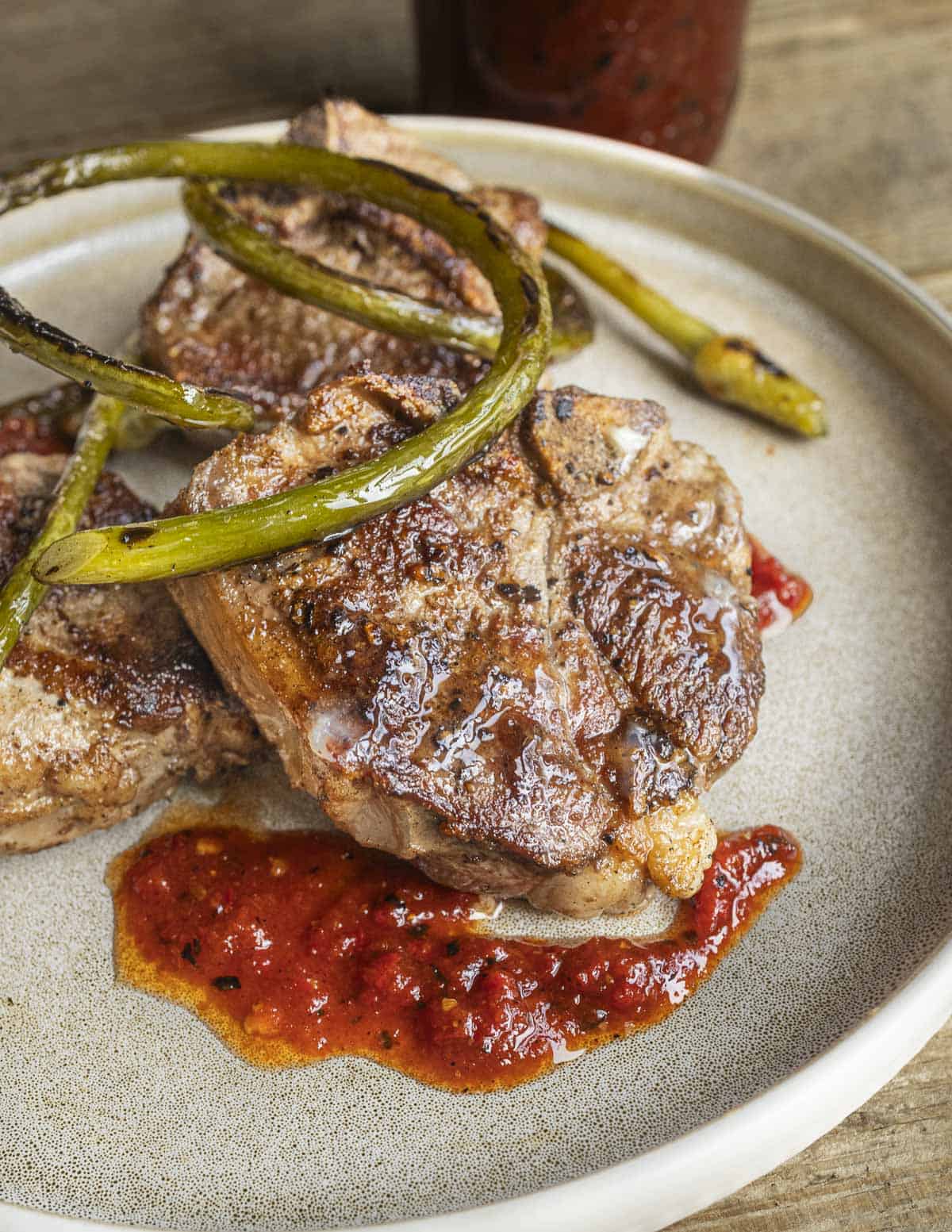
Garlic Scape Salsa
Scapes are wonderful in sauces and salsas. Toss a handful of blanched and thinly scapes into pico de gallo, or a tomatillo-scape & scape salsa, pictured below.
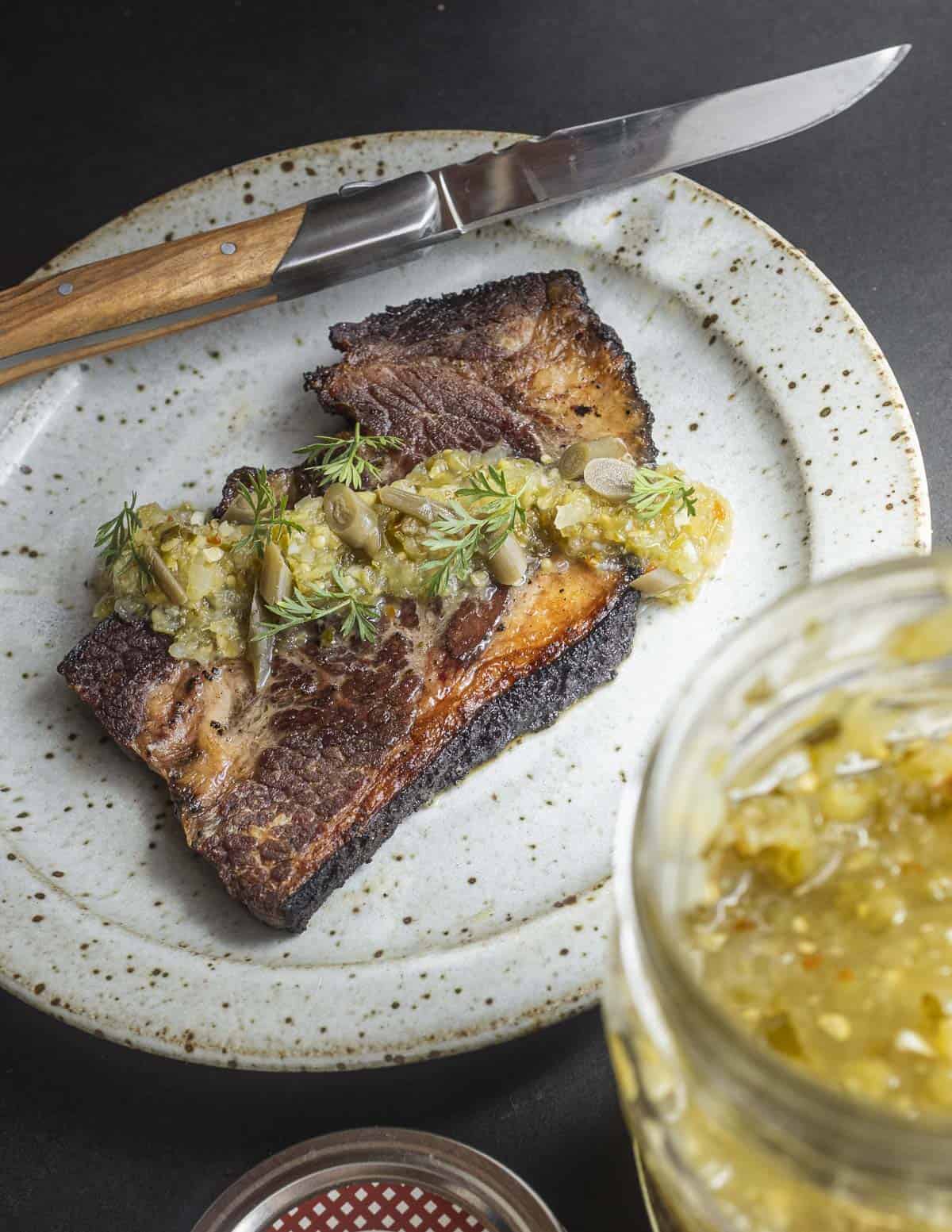
For the salsa above, I added a few handfuls of sliced scapes to tomatillos, cilantro, scallions and chilis pulsed in a food processor, canning the salsa in a water bath to tenderize the scapes. The recipe will be in my next book.
Using Scapes as a Vegetable
As they have a milder flavor than garlic bulbs, lately I've been substituting scapes for green beans in different recipes I make, cutting them into similar sizes as I would string beans. They were a great addition to Ciambotta, a rustic Italian stew of summer squash and vegetables.
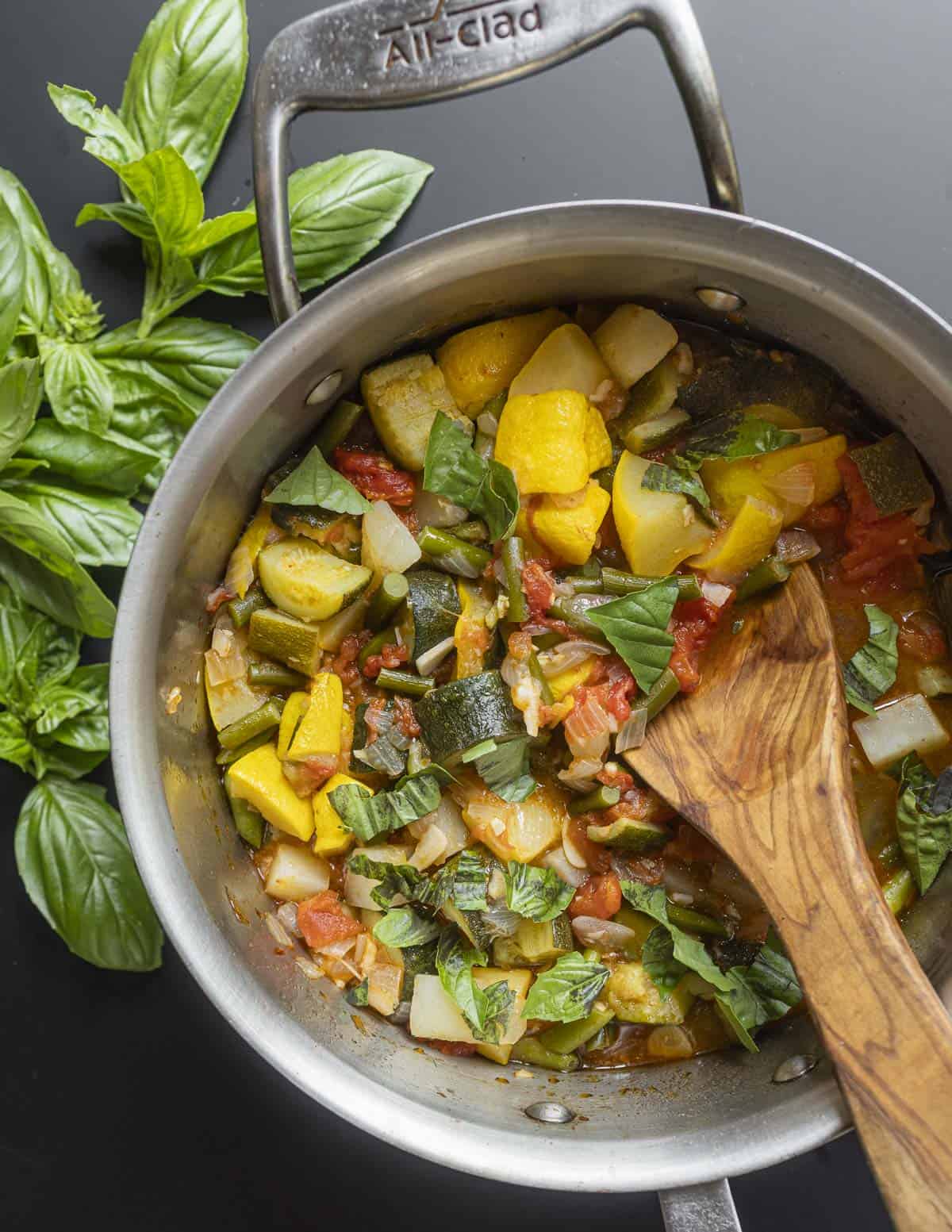
Garlic Scape and Green Bean Stir-Fry
For a more scape-forward preparation, try blanching string beans and scapes and stir-frying them together for a simple side dish. In the stir fry below I used half scapes and half greens beans, with some purslane for texture at the end, and bell peppers for a splash of color.

Fermented or Pickled Garlic Scapes
Scapes make great pickles and ferments for adding to sauces and condiments. They can be fermented in brine as pictured below, or added to other ferments like homemade sauerkraut. If fermenting them in brine, I add a grape leaf to the jar which helps prevent kahm yeast.
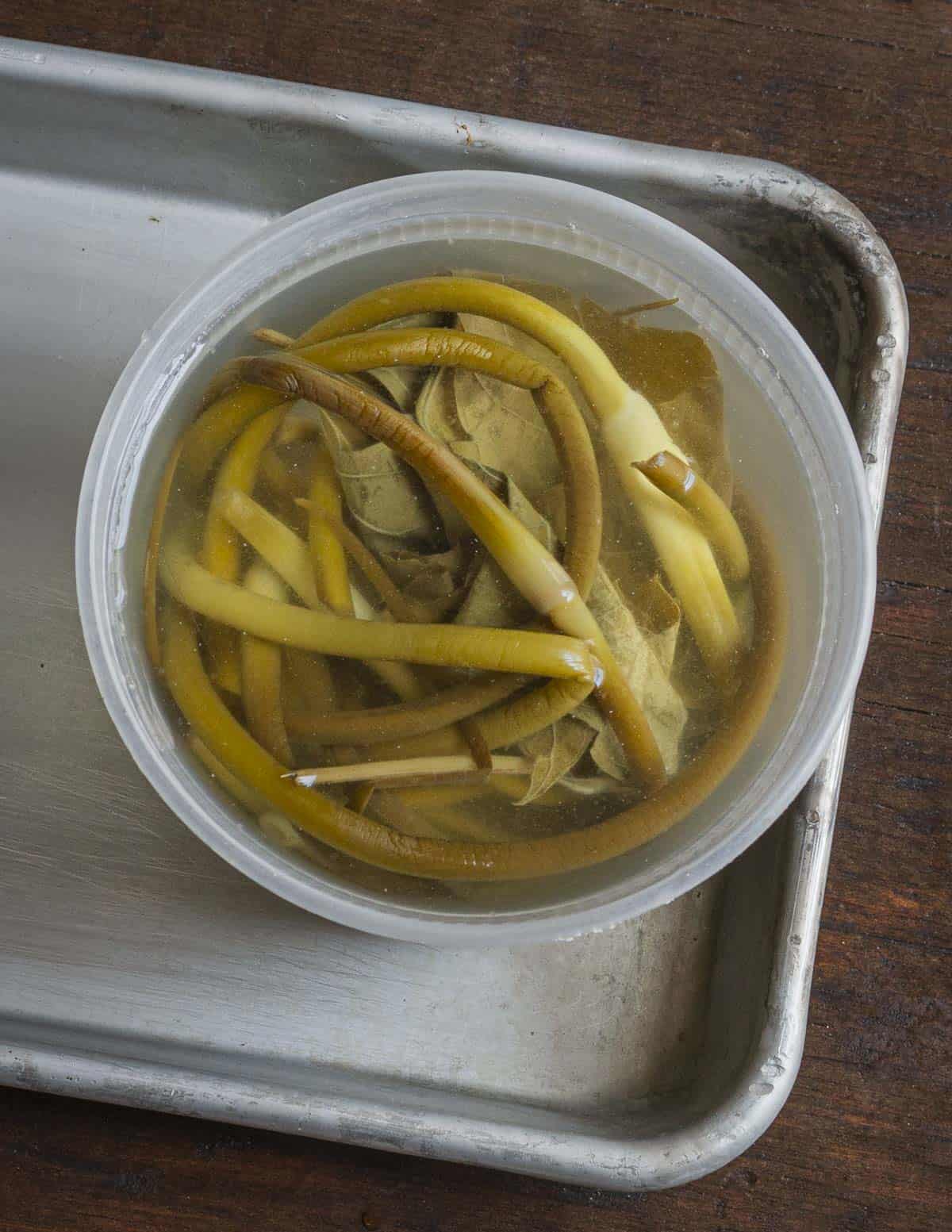
Garlic Scape Kimchi
A great tip I borrowed from my friend, Native American Ethnobotanist Linda Black Elk. This is essentially a Korean banchan (side dish).
Scapes are quickly blanched to tenderize them, then mixed with Korean chili paste and seasonings and allowed to ferment for a week or two.
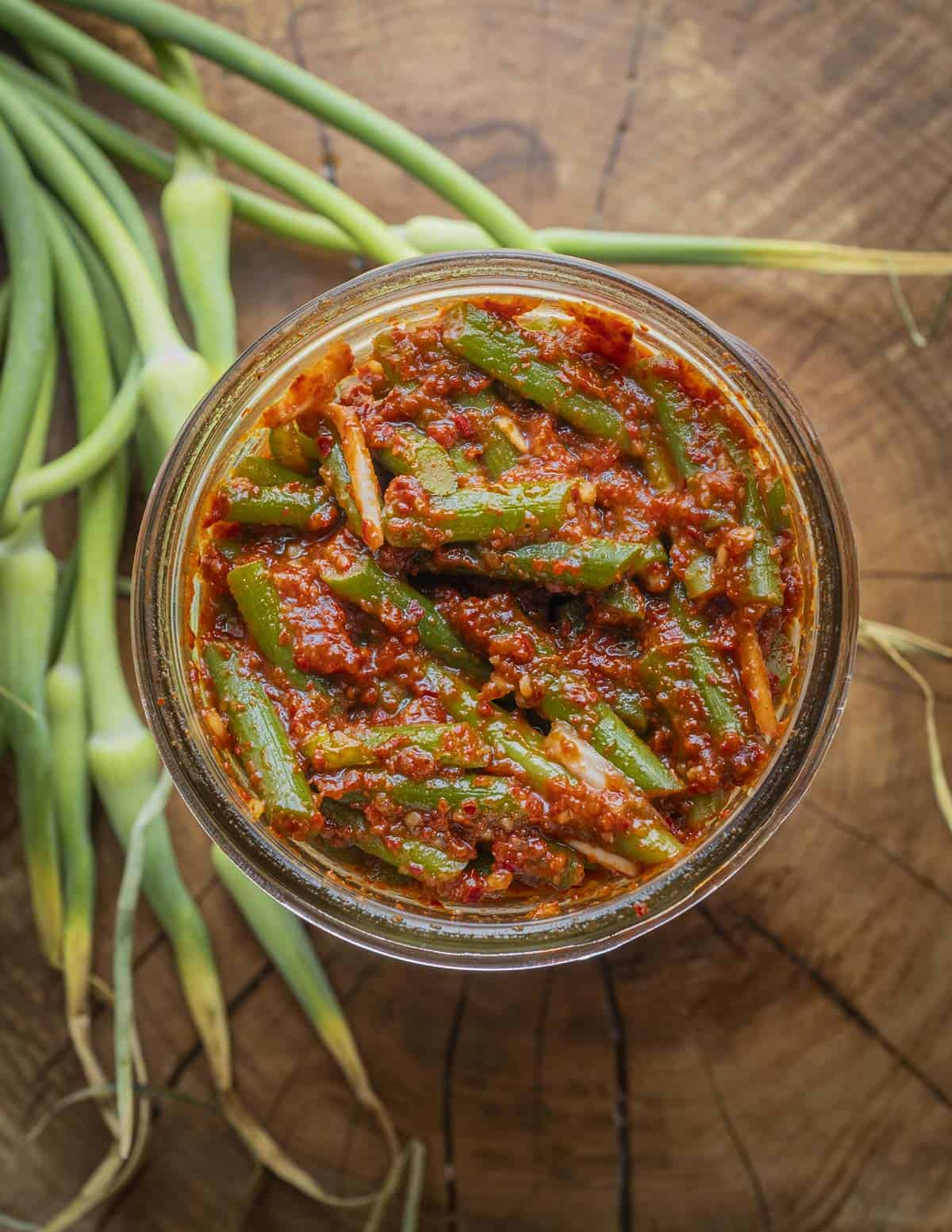
It can last for years in the fridge. Follow my recipe for dandelion or wild lettuce kimchi, skipping the salt wash after blanching and adding an additional ½ teaspoon salt.
Do you have favorite ways you like to use garlic scapes or have anything else to add? Feel free to leave a comment, I love hearing everyone’s suggestions.

Kody K
Great timing for this! Just found garlic scapes at our local farmers market and had no clue on what to do with it other than to use in stir fry! I loved it in a Japanese butter yaki stir fry - baby corn, water chestnuts, carrots, garlic scapes, and some noodles!
Manisha
Garlic Scape pesto was always my go-to and it freezes so well. It tastes great on naan pizza. I just got a bunch of tomatillos so I'm excited to try the salsa! I cut up a bunch of scapes and froze them. I wonder if I could just thaw for the salsa? Didn't think to blanch them - oops!
Alan Bergo
Thanks Manisha
Carla Beaudet
The tomatillo/garlic scape salsa sounds really tasty, but the timing is off for that in my garden; garlic scapes happened a month ago, and my tomatillos have not yet filled their papery husks.
I'm really happy to see a photo of the bulbils; this year I left some scapes to grow (they're still growing) so I could get some bulbils to plant for "solo garlic". A package of black garlic I got from an Asian grocery store contained these 1-1/4" diameter onion-shaped blackened bulbs which tasted just like the clove form of black garlic but were more substantial and uninterrupted by papery membranes. I imagined it was a different plant, but then researched. If you plant your bulbils this fall, you should be able to grow some "solo garlic". That's my plan, anyway.
Alan Bergo
Thanks Carla, nice to hear from you. Yes I know the season is done for a lot of people. I really wanted to cover the functional aspect of what happens after the scapes so I had to wait until mine were making bulbils.
Ben
Garlic Scapes are great!
Alan Bergo
Thanks for commenting Ben.
Lori
I fell in love with these in Korea while staying with my friend and her mother who was a chef and had her own restaurant in Seoul. We went to her garden early in the morning and she pulled the scapes took them home and made a side dish with them using some spices and baby shrimp. Best thing I have ever eaten! Well…everything she made was amazing!
Alan Bergo
That sounds great
Brye
Scapes are one of our favorite vegetables! We grow our own garlic and still buy pounds of scapes from our local farm stand yearly. We eat the majority of the stems oven roasted with asparagus and save the stringier blossoms for stir fried, but I always make at least one batch of spicy pickled scapes to enjoy throughout the year. Any remaining stems go into hummus, which freezes beautifully and is a wonderful treat in the dead of winter.
I have never blanched the scapes before using, but trim the woody parts well (and save them for stock). But I think I will try that next time the farm stand has late harvested scapes, as those always tend to be the most stringy. Thanks for the tip! I always learn something great here, Alan.
Alan Bergo
Thanks Brye
Shirley McMurray
I personally use it in replacement of leek in a scottish soup made of a good chicken broth and barley plus celery (with leafs). It is delicious.
Alan Bergo
That sounds delicious.
Cathy
Scape season is over here in the Hudson Valley, but I still have some left, and some in the freezer. There are some delicious-sounding new-to-me ideas here; they really are fun to cook with. Besides that, they are beautiful, although I've never seen them so uniformly shaped as those pictured here. Usually they come in a variety of squiggles, and they are also a wonderful subject for still life.
Alan Bergo
Thanks Cathy. They’re surprisingly difficult to style. They never want to stay put so eventually I gave up and left the farmers market rubber band on.
AllisonK
Last year I had a LOT of garlic scapes (like 2 gallon bags' worth), so made a riff on Lebanese toum: scapes, salt, lime juice (it's what I had available), and olive oil. I've still got a couple of jars in my freezer. It's great stirred in soups, cooked veg, or bean dishes, and also fantastic smeared on toast!
Alan Bergo
Oh toum sounds great!!
Beth
What foods pair well with GS kimchi and libations?
Alan Bergo
A condiment for fried rice was the first way I used them.
Beth
Hey Alan, I did make garlic scape pesto and it turned out super - it is now in the freezer in a jar, used fresh on baked chicken and on fresh pasta. Always look forward to your columns! Thank you. Beth
Alan Bergo
Thanks Beth. Glad it worked for you.
Patricia Gadsby
You often see the scape's topknot referred to as a flower, but with hardback garlic, as you point out, that's not really the case -- hardbacks produce clusters of tiny bulbils inside a capsule. But here's what I've noticed: if you let the bulbils grow to the point of splitting the capsule, you'll often see minuscule stalks arising between the bulbils -- and these stalks, no thicker than a hair, bear what looks like a very very tiny papery capsule/flower?, visible under a magnifying glass. I can't imagine anything that tiny producing viable seeds, so what are these little structures doing there? My other question concerns the growing habits of scapes. They start out curly as pig tails, then start to straighten out at the base. If you leave them on the plant you end up with what looks a bit like shepherd's crooks. (Cut scapes and keep them in water and they'll eventually try to straighten up, too, sometimes in erratic kinky ways.) I imagine this might have something to do with water transport inside the scape stem.Why does the plant do this? I haven't found a botanist who can explain this habit to me -- have you?
Alan Bergo
Hi Patricia, I actually have an image that shows exactly what you’re talking about with the bulbil flowers in my post on field garlic.
As for your other question, all I can do is speculate. The only goal of every plant is to reproduce, and I often see things I clip going to seed maturing off of the plant after they’re cut. My assumption is that the scapes, like other flower stalks, are increasing the rigidity of their stalks as it increases the area that they can spread their seed/bulbils, etc.
Nicola
Great tips.
I am a lazy cook so use scapes in place of garlic, essentially. Chop them in bite size pieces and freeze for stiry fry and always, in hummus where they taste great and add a pretty tiny note of green.
Have been discarding the top 'bulb' but may now rethink that.
Alan Bergo
Thank Nicola, yes I usually leave the top on.